Dawon (Traditional Tea Garden) (전통다원)
656.6829530322816m 18281 2020-02-20
11-4, Insadong 10-gil, Jongno-gu, Seoul
+82-2-730-6305
Dawon is a tea house that operates in a hanok (traditional Korean house). Located in the busy tourist area of Insa-dong, this place offers the visitors a moment to relax and find peace in the city. When seated, greenery and flowers in the private garden make for a nice view while sipping tea and snacking on Korean desserts like assorted ttoek (rice cakes). There are many teas available, with more than 15 varieties, all of which originate from Korea. Dawon's peaceful atmosphere and authentic experience make it a must visit for anyone in the Insa-dong area.
After Work 33 (에프터워크33)
656.2782796420847m 165 2021-03-19
21, Yulgok-ro 10-gil, Jongno-gu, Seoul
+82-70-4403-0033
Well-known for its charming garden and stylish interior design. The best menu at this restaurant is risotto. This is a Western cuisine located in Jongno, Seoul.
Moonguesthouse [Korea Quality] / 문게스트하우스 [한국관광 품질인증]
664.6022092556916m 17151 2020-09-09
31-18, Samil-daero 32-gil, Jongno-gu, Seoul
+82-2-745-8008, +82-10-8704-9981
The Moon Guesthouse is situated near a number of interesting tourist destinations including Unhyeongung Palace (3min on foot), Bukchon Hanok Village (5min on foot), Changdeokgung Palace (5min on foot), and Changgyeonggung Palace (10min on foot). The guesthouse was named ‘moon’ (‘door’ in English) because it has many 176 doors and windows. Upon entering by the gate, visitors will see a ‘ㄷ’-shaped hanok building in the courtyard, in which a wooden bedstead and a table are placed. On the opposite of the hanok building there is a wall roofed with tiles engraved with Korean patterns such as deer, pine, turtle, etc. Flowers in the flowerbed lined up along the wall are in bloom and the bonsai are also well-kept in the house. Renovated and opened as a guesthouse in September 2011, Moon Guesthouse consists of a bonchae (main building) and a byeolchae (detached house). The rooms are decorated with red clay and hanji (traditional Korean paper handmade from mulberry trees), and have under-the-floor heating (ondol). Each room is equipped with an air-conditioner, and has a 40cm-thick layer of red clay over the ceiling for insulation, making the rooms cool in summer and warm in winter. The house has seven individual guestrooms and five modern bathrooms, but the entire building (bonchae or byeolchae) can be rented, too. In particular, the unhyeondang of the bonchae is very popular as it can be converted into one large space for special events, group workshops, etc. simply by opening all the sliding doors (Bunhapmun – Goryeo construction style). This room, which is decorated with a flower-patterned windscreen, a landscape painting, and calligraphy, has been used as a shooting location for various TV programs including KBS2’s TV reality program Man’s Qualification and its variety show The Human Condition. The guestrooms are also equipped with traditional furniture including a cabinet inlaid with mother-of-pearl. The guesthouse also provides a variety of experience programs from 11am to 3pm, including tea ceremony, wearing Hanbok (traditional Korean clothes), making kimchi and gochujang (red chili paste), playing a traditional musical instrument, making a rubbing of a stone inscription, calligraphy, drawing orchids on a fan, and so on. The house has about seventy hanbok and other clothing accessories, as well as a royal costume. Its calligraphy and drawing orchid programs are run directly by the owner, who used to work as a classical Chinese teacher at a high school.
Tiendas de Hanbok del Mercado Gwangjang (광장시장 한복매장)
679.6976311368487m 6416 2024-02-01
Changgyeonggung-ro, 88, Jongno-gu, Seúl
Chungmuro Ttukbaegi (충무로뚝배기)
689.4822718678045m 115 2021-03-18
43, Mareunnae-ro, Jung-gu, Seoul
+82-2-2272-0068
Well-known for Korean spicy stew. The representative menu is kimchi stew. This Korean cuisine is located near Euljiro 3(sam)ga Station, Seoul.
WANBAEK BUDAE JJIGAE(완백부대찌개)
691.2937764166832m 39 2020-11-25
44 Insadong-gil Jongno-gu Seoul
+82-2-722-5397
It is a restaurant introduced in the cartoon “Sikgaek.” The best menu at this restaurant is sausage stew. This Korean dishes restaurant is located in Jongno-gu, Seoul.
Vegetarian Restaurant Osegyehyang (채식요리전문점 오세계향)
693.8467556873569m 27850 2019-12-23
14-5 Insadong 12-gil, Jongno-gu, Seoul
+82-2-735-7171
Osegyehyang is a vegetarian restaurant location in Insa-dong, a street known for its traditional culture and crafts. It serves various dishes that cater to the needs of vegetarian customers.
Campanario Bosingak (보신각 터)
694.4500843103418m 4254 2020-11-03
Jong-ro 54, Jongno-gu, Seúl
+82-2-2133-2641
El campanario Bosingak es el lugar en donde se encontraba la campana que daba la señal de la hora, tanto para las áreas del interior y exterior de la muralla de la ciudad capital. Fue construido en el 13º año (1468) del reinado de Sejo de la época Joseon, y en aquel tiempo, se fundó también el templo Wongaksa, pero fue trasladado al sitio actual, durante el reinado de Gwanghaegun (1619). En la antigüedad, la campana se tocaba 33 veces a las 4:00 de la mañana, y 28 veces a las 22:00 de la noche, y era utilizada para dar la señal de la hora, y como símbolo de la apertura y cierre del portón de la muralla. Es un patrimonio cultural de gran valor para los estudios académicos. Siendo el Tesoro Nº 2, la pieza original se encuentra en el Museo Nacional de Corea.
Imun Seolnongtang (이문설농탕)
695.8031823732618m 25761 2022-01-03
38-13, Ujeongguk-ro, Jongno-gu, Seoul
+82-2-733-6526
Imun Seolnongtang has been serving its hearty seolleongtang for over a hundred years since it first opened in 1907. Even its name has a long history: the word imun comes from Imun-gol, the now-obsolete name of the restaurant’s location, and seolnongtang, an old variation of the word seolleongtang. During the Japanese colonial rule, the restaurant’s regular customers included Gijeong Son, the marathon gold-medalist at the 1936 Berlin Olympics. To make the rich seolleongtang broth, beef meat and bones are simmered for more than 15 hours. Try putting rice and minced green onion in your seolleongtang for a warm and tasty experience. Kkakttugi (diced radish kimchi), provided as a side dish, is also delicious.
Ssamzigil (쌈지길)
696.2083048225659m 4584 2022-07-05
Insadong-gil 44, Jongno-gu, Seúl
En las animadas calles de Insa-dong se fundó un área de 500 m de largo el 18 de diciembre de 2004. Este edificio tan particular fue construido conectando las encantadoras calles con escaleras en forma de espiral. Al ir haciendo compras por las divertidas y encantadoras tiendas hasta el último piso, llegará a Haneulmadang, donde podrá tener una buena vista del cielo. Ssamzigil cubre una superficie de aproximdamente 4.000 m² con más de 70 tiendas de artesanías, galerías de arte, restaurantes y tiendas de recuerdos.
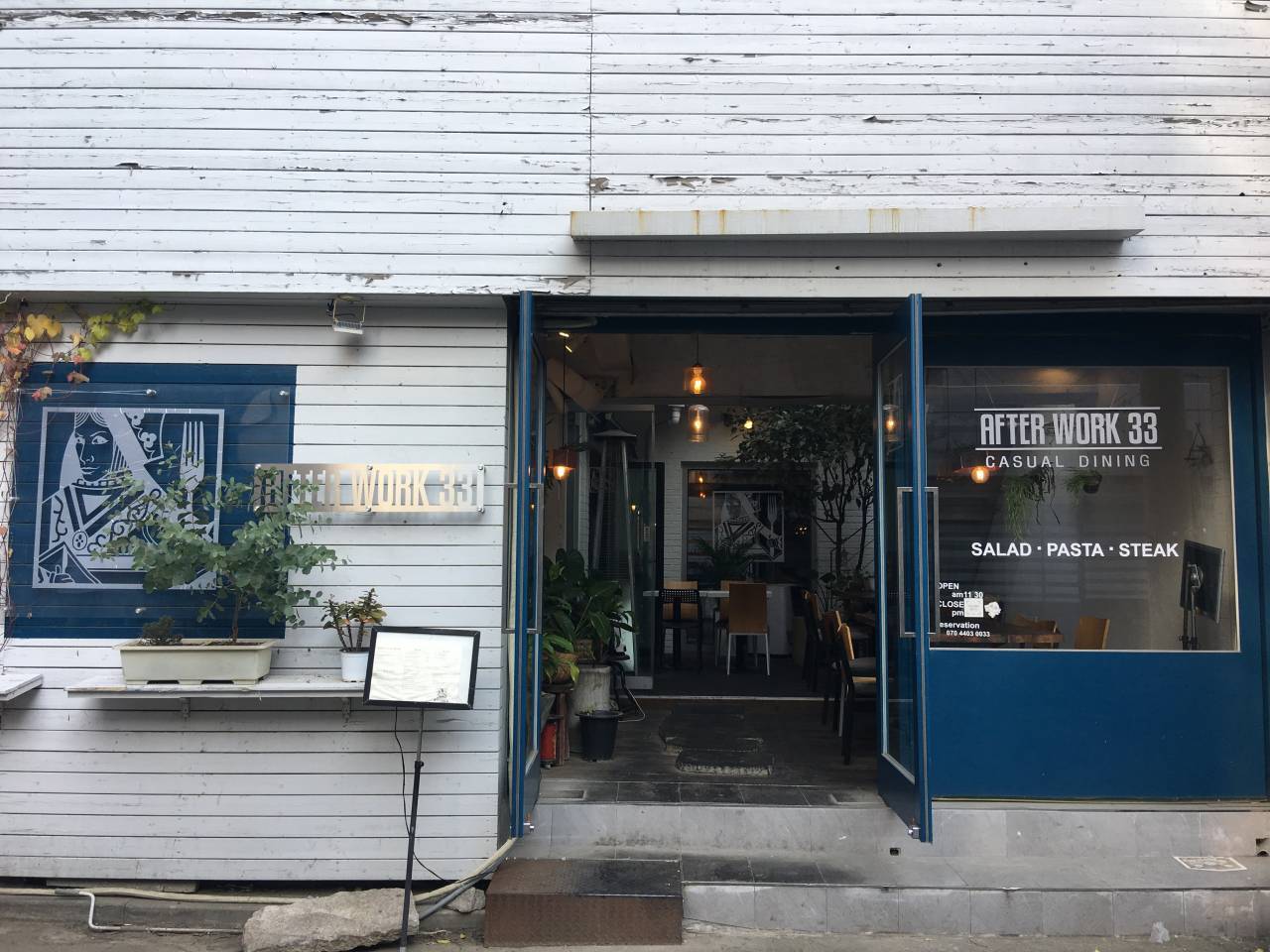
![Moonguesthouse [Korea Quality] / 문게스트하우스 [한국관광 품질인증]](http://tong.visitkorea.or.kr/cms/resource/09/2577509_image2_1.jpg)
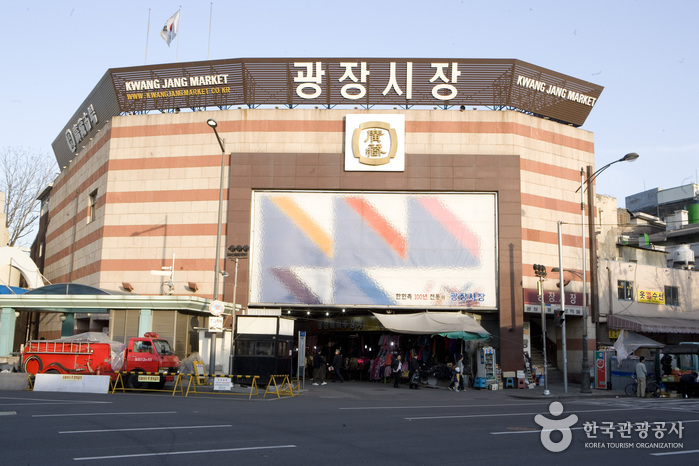
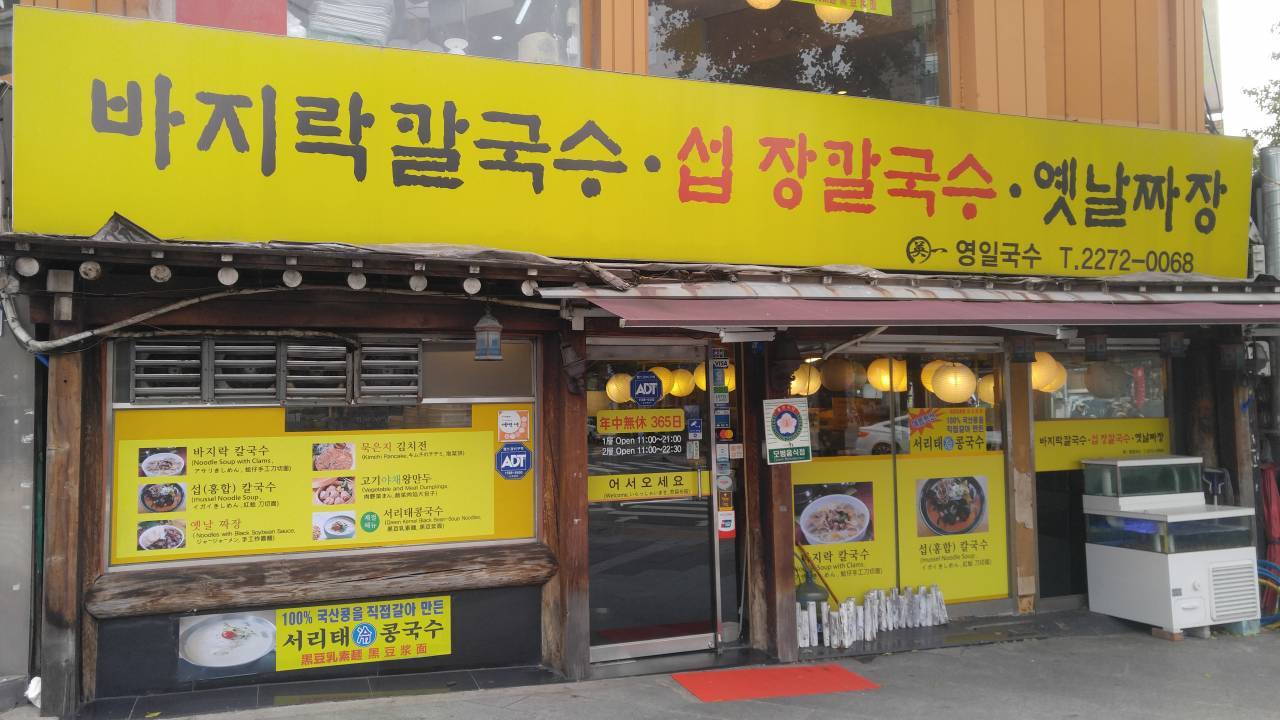
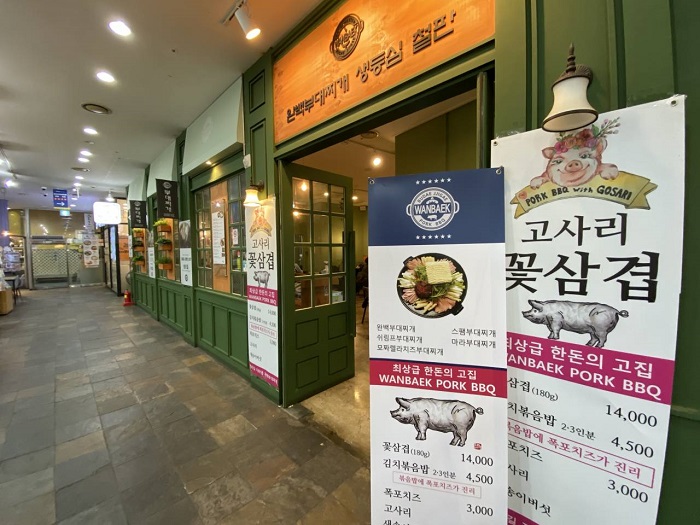
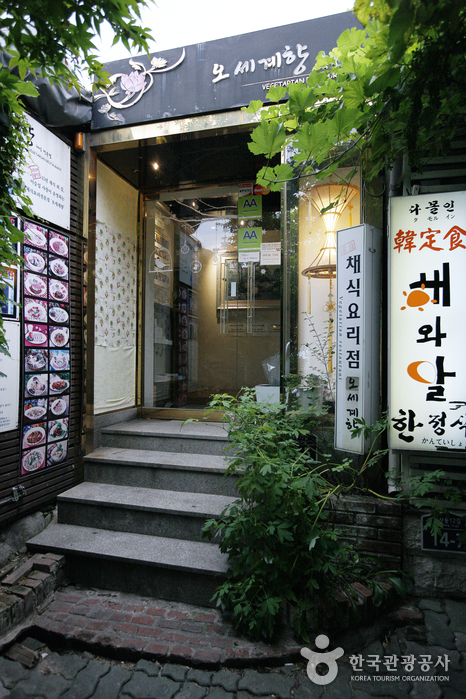
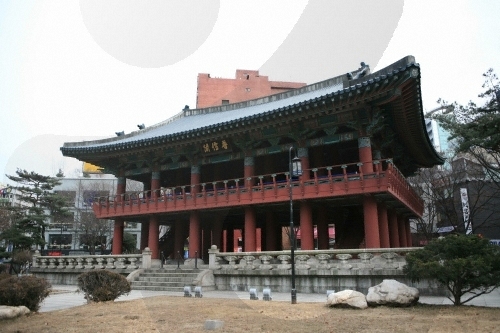
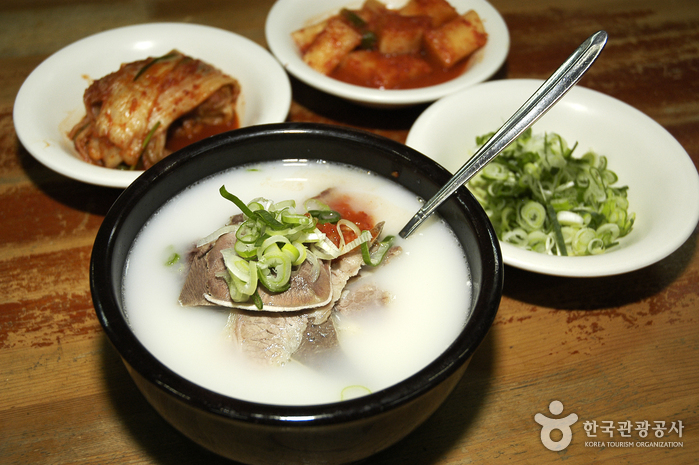
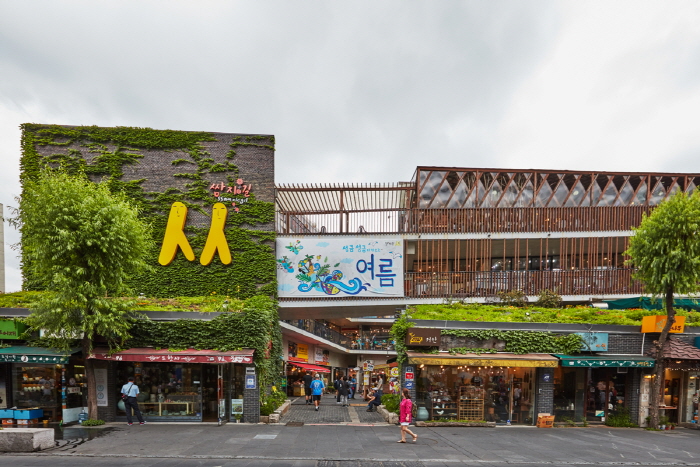
 Español
Español
 한국어
한국어 English
English 日本語
日本語 中文(简体)
中文(简体) Deutsch
Deutsch Français
Français Русский
Русский